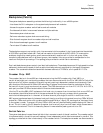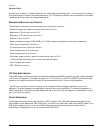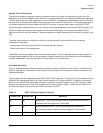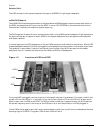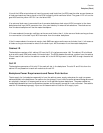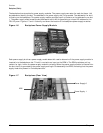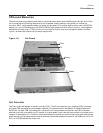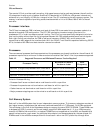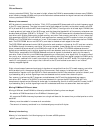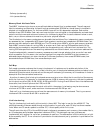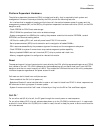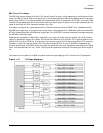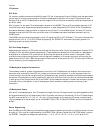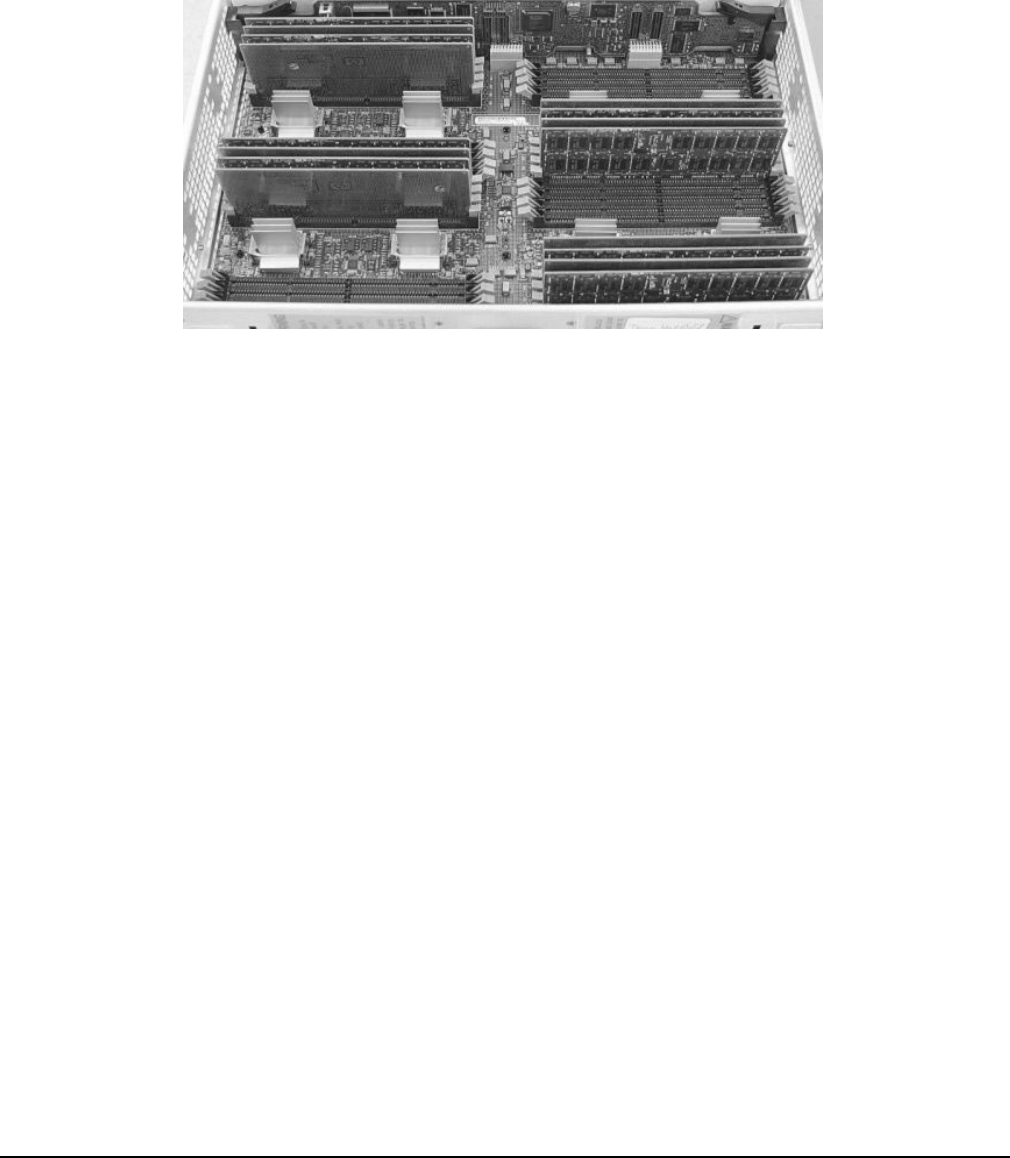
Chapter 1
Overview
CPUs and Memories
43
platforms may support DIMMs based on non monolithic (or stacked) DRAMs, which are incompatible with
the sx2000. There is no support for the use of the older SDRAM DIMMs designed for Superdome. Cell
memory is illustrated in Figure 1-9.
Figure 1-9 Cell Memory
DIMMs are named according to both physical location and loading order. The physical location is used for
connectivity on the board, and is the same for all quads. Physical location is a letter (A or B) followed by a
number (0, 1, 2, or 3). The letter indicates which side of the quad the DIMM is on, A being the left side, or the
side nearest CC. The DIMMs are then numbered 0 through 3, starting at the outer DIMM and moving
inwards the memory controllers.
Memory Controller
The memory controller CEC's primary function is to source address and control signals and multiplex
de-multiplex data between the CC and the devices on the DDR DIMMs. Four independent memory blocks,
consisting of two memory controllers and eight DIMMs, are supported by interface buses running between
the CC and the memory controller. The memory controller converts these link streams to the correct
signaling voltage levels (1.8 V) and timing for DDR2 protocol.
Bandwidth is limited by the memory interface buses that transfer data between the CC and the memory
controller. The memory controller also performs the write (tag update) portion of a read-modify-write (RMW)
access. The memory controller is bit sliced, and two are required to form one 72-bit CC memory interface data
(MID) bus. The CC MID buses are bidirectional, source synchronous, and run at 533.33 MT/s. The memory
side of a pair of memory controller ASICs consists of two 144-bit bidirectional DDR2 SDRAM data buses
operating at 533.33 MT/s. Each bus supports up to four echelons of DRAMs. An echelon consists of two
physical DIMMs (each 72-bits wide).
DIMM Architecture
The fundamental building block of the DIMM is a DDR2 DRAM with a 4-bit data width. Each DIMM
transfers 72 bits of data on a read/write, and the data is double-clocked at a clock frequency of 266.67 MHz for
an effective peak transfer rate of 533.33 MT/s. Each DIMM comprises 36 DRAM devices for data storage and
two identical custom address buffers. These buffers fanout and check the parity of address and control signals
received from the memory controller. The new sx2000 chipset DIMMs have the same mechanical form factor
as the DIMMs used in Integrity systems, but the DIMM and the connector, will be keyed differently from
previous DIMM designs to prevent improper installation. The DIMM is roughly twice the height of an



